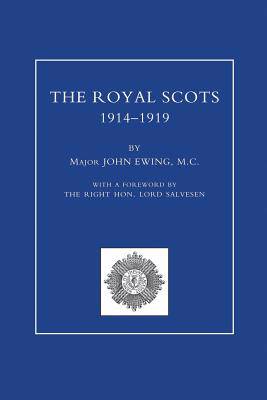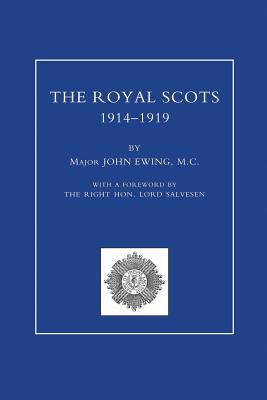
- Afhalen na 1 uur in een winkel met voorraad
- Gratis thuislevering in België vanaf € 30
- Ruim aanbod met 7 miljoen producten
- Afhalen na 1 uur in een winkel met voorraad
- Gratis thuislevering in België vanaf € 30
- Ruim aanbod met 7 miljoen producten
Zoeken
Omschrijving
With 825pp, including a solid 33-page index, this is an impressive history by the author of The History of the 9th (Scottish) Division, also an impressive piece of work. The first chapter in the book is by way of an introduction to all the battalions which constituted the Regiment, the locations of the existing battalions and the creation of all the wartime battalions. In an appendix there is a brief account of all the battalions that remained in the UK, and another deals with the 19th Labour and 1st Garrison Battalion. This leaves the rest of the book devoted to the fifteen front line battalions which, between them, saw service in France and Flanders, Gallipoli, Egypt, Palestine and Macedonia. The book is arranged on a chronological basis with each chapter covering a specific period of time whether on the Western Front any other front where the Regiment fought (for example there are three chapters on Gallipoli covering that campaign from start to finish), and the fortunes of every battalion involved in that particular period are described. There is no Roll of Honour nor list of Honours and Awards though citations for the seven VC winners form a separate appendix. And at the end there are group photos of officers of twelve of the active battalions. Incidentally, the 8th Battalion was not the first of the Scottish Territorial units to be employed on active service (page 83); they were preceded by the London Scottish (the first Territorial infantry battalion to join the BEF) and 5th Black Watch
Specificaties
Betrokkenen
- Auteur(s):
- Uitgeverij:
Inhoud
- Aantal bladzijden:
- 506
- Taal:
- Engels
Eigenschappen
- Productcode (EAN):
- 9781847346865
- Verschijningsdatum:
- 21/10/2016
- Uitvoering:
- Paperback
- Formaat:
- Trade paperback (VS)
- Afmetingen:
- 156 mm x 234 mm
- Gewicht:
- 703 g

Alleen bij Standaard Boekhandel
+ 86 punten op je klantenkaart van Standaard Boekhandel
Beoordelingen
We publiceren alleen reviews die voldoen aan de voorwaarden voor reviews. Bekijk onze voorwaarden voor reviews.











